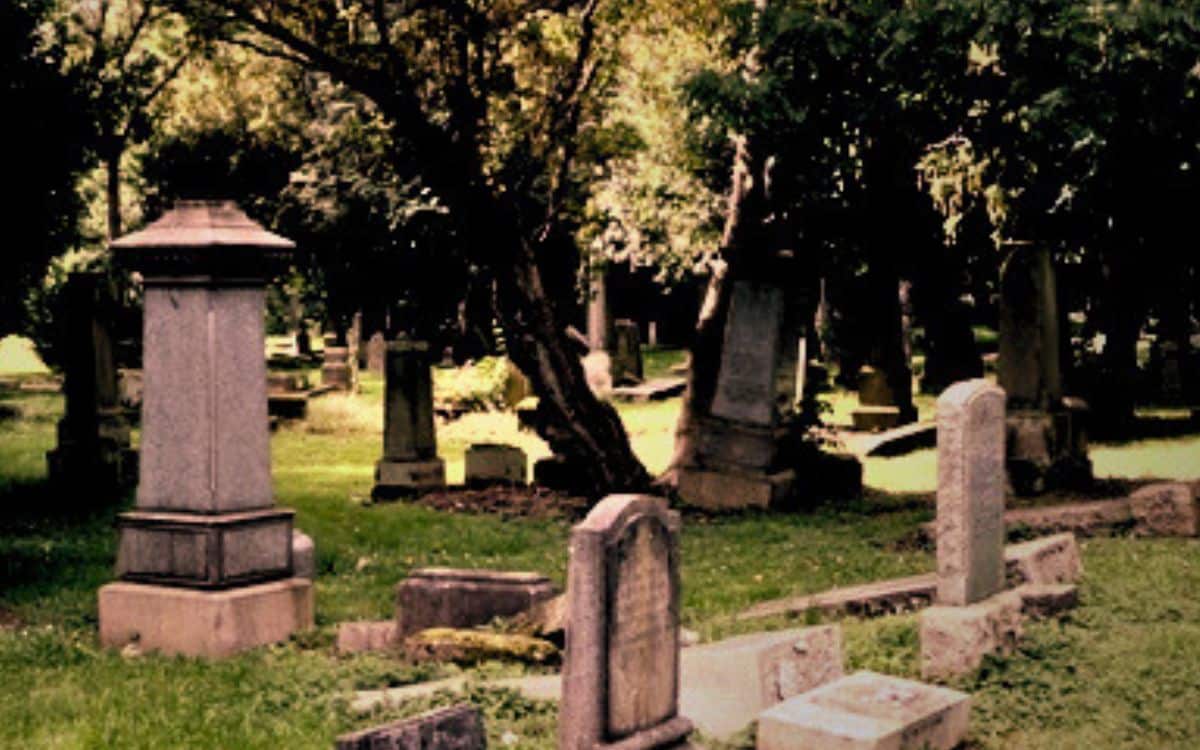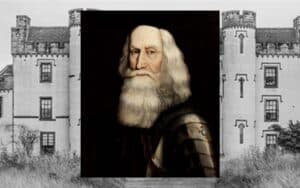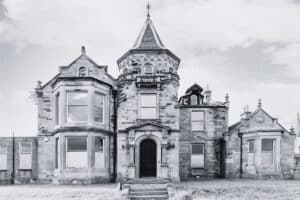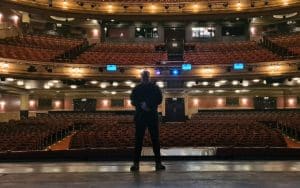A woman’s eerie experience in a neglected Edinburgh Cemetery unveils a haunting connection to a historic tragedy, writes JOHN TANTALON
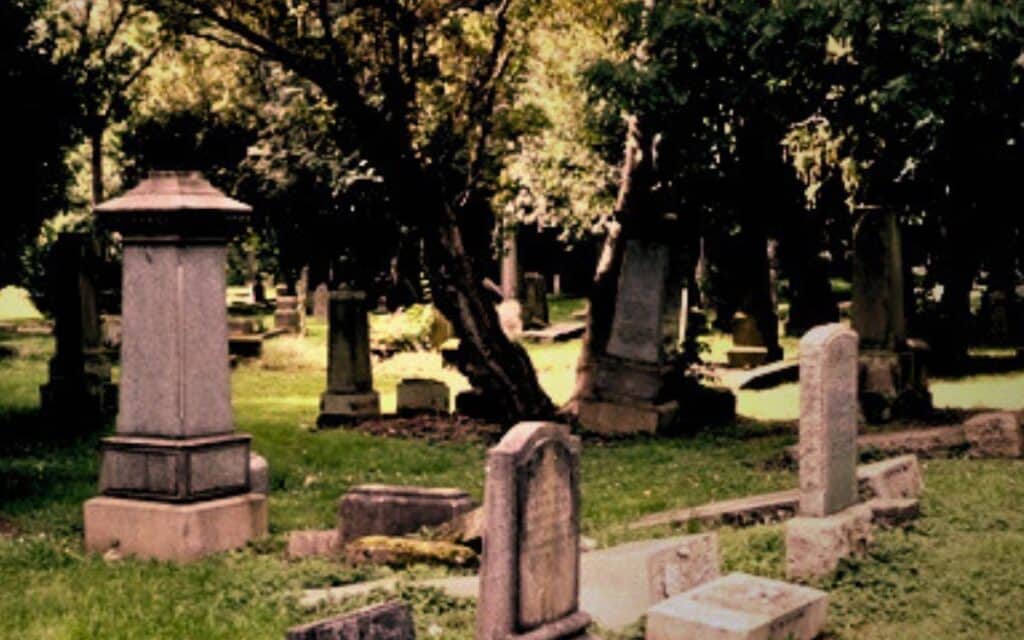
As the darker nights return and a cold chill fills the air, it is time to recall a suitably autumnal tale. As the approaching thrill of Halloween, the season of the dead, occupies shop windows across the country, a specific story always springs to mind.
This story was relayed to me by a woman some time ago. The witness is a resident of the leafy confines of the Newington area of Edinburgh. She walks the route to nearby Newington Cemetery each morning with her dog before work. The October mornings provide a dark and ominous atmosphere within the confines of this location.
The Victorian necropolis was constructed in 1846 to deal with the demand of the city’s increasing population. Vaulted archways accommodating extensive tombs traverse the cemetery walls. The many graves, now sadly neglected, form the landscape of this overgrown and now desolate graveyard. Its pathways are now fully reclaimed by nature’s grasp.
It was a morning leading towards Halloween when she met with a frightening encounter in an old section of the graveyard. Her dog paused at the foot of a large and imposing gravestone.
Newington Cemetery Revelation
Although over 100 years old, the stone featured a reflective granite surface. The names of those interred gleamed in the formative morning light. The witness was suddenly startled when she became aware of what she thought was her dog reflected in the glaze of the stone. She screamed aloud, realising that her small black dog ran within the confines of the opposite side of the cemetery.
What stood behind her walked upright, crooked and in the opposite direction. With the fright of what she saw that morning, the woman hurriedly departed and did not return to Newington Cemetery for several days.
Our witness returned with her husband on 30 October, the day before Halloween. After explaining the frightening story to him, they set out to prove a logical explanation for the occurrence. Her husband walked where the figure would have stood. He moved from side to side until his frame stood visible in the reflection of the gravestone. He stood directly at the foot of an ancient and overgrown grave.
The woman stated that in the many years of visiting the cemetery, she had never seen this grave. She tended several of the stones, placing flowers on the resting place of the many Newington residents, but this was the first time this overgrown plot commanded her attention.
Her husband cleared the foliage from the flattened tomb; the inscription upon the grave reads as follows.
‘Janet Aitchison, who died October 1943, Beloved Wife’.
Above the inscription, in barely legible writing, displayed the name of her also interred husband.
‘William Aitchison, RIP, may the waves carry you towards our Lord, 1881’.
The revelation of the name sent a shiver down the woman’s spine. Suddenly, it made sense to her. She felt dizzy and scared. A feeling of nausea retched through her stomach, and her arms became heavy as the blood rushed from her limbs. William Aitchison was the name of a relative, her great-uncle. An uncle from an extensive line of fishermen who had perished in The Eyemouth Fishing Disaster on 14 October 1881. The worst fishing disaster of its kind on Scotland’s shores.
Most fishing boats on Scotland’s North Sea coast tied up at port on that bright, sunny, almost windless morning. A storm was brewing – not just any storm, but a cyclone with hurricane-force winds. However, the Eyemouth skippers and several fishermen from nearby ports ignored the weather warnings and set out at the crack of dawn. By midday, they were in the teeth of a severe storm for which their wooden boats were no match.
Many fishing boats capsized; others were wrecked on the rocky coastline, and the run back to the harbour, many failed to make it into Eyemouth’s antiquated and poorly maintained port. By the time the storm abated, 26 of Eyemouth’s 46 fishing boats were lost along with 189 fishermen, 129 of them the town’s menfolk.
By the end of that fateful day, fishermen from Eyemouth, Burnmouth, Newhaven and Musselburgh had all been lost to the storm’s ferocity. The day would become known to the people of Eyemouth as ‘Black Friday,’ a day that the residents would never forget for generations to come.
The tragedy would take many years for the ports to fully recover. The fishing industry would suffer for years to come, resulting in poverty and hardship. The dead would be interred, locally and beyond.
For the stunned Newington resident, the connection was all too real. A faded photograph of a bearded man clad in old-fashioned oilskins was a tragic reminder of the events. Could he have been reaching out to her that day? One hundred and forty years later, that very month. The month of October, the season of the dead?
JOHN TANTALON is an Edinburgh author, the face and voice behind North Edinburgh Nightmares, its two books, and several videos. It covers stories of Edinburgh’s haunted history and things that go bump in the night. Ghostly Edinburgh tour guide covers three separate parts of the city and its many frightening tales. His new book The Haunted Realms of Surrey and Hampshire is available from Amazon.. You can follow him on Twitter, Instagram and Youtube.

